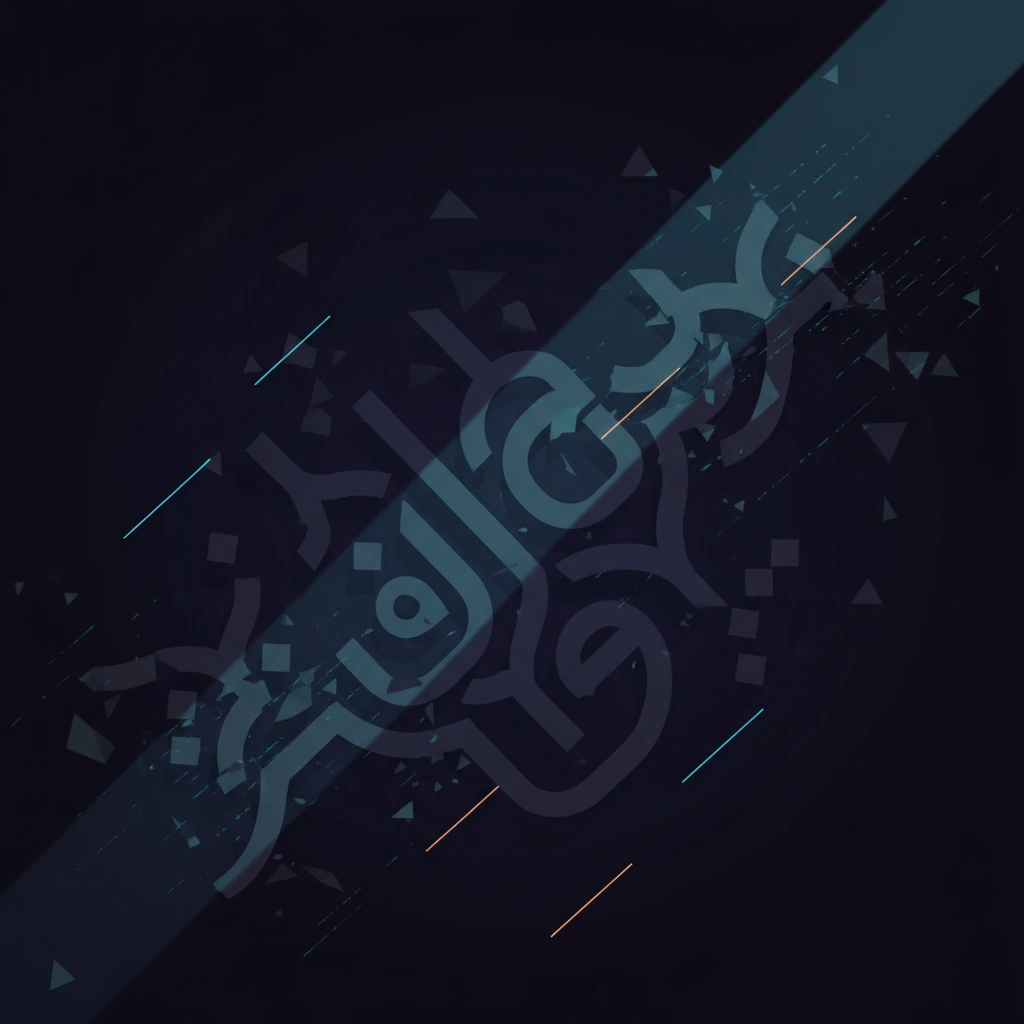Mixup App Combines Photos, Text & Doodles for AI Images
New iOS app Mixup introduces a Mad Libs-style interface for AI image generation, allowing users to blend photographs, text prompts, and hand-drawn sketches into a single multimodal creation workflow.

A new iOS application called Mixup is positioning itself as a more playful, accessible entry point into AI image generation by allowing users to combine multiple input types—photographs, text descriptions, and hand-drawn doodles—into a single creative workflow. The app's "Mad Libs" approach aims to demystify the often complex process of prompt engineering that typically defines generative AI tools.
Multimodal Input as Creative Framework
Unlike traditional text-to-image generators that rely solely on written prompts, Mixup implements a multimodal input system that lets users fill in blanks with different media types. Users can upload personal photographs, write descriptive text, or sketch rough shapes directly on screen, with the AI synthesis engine blending these disparate inputs into cohesive generated images.
This approach addresses a common friction point in AI image generation: the learning curve associated with effective prompt crafting. By breaking the creative process into modular components—a photograph here, a descriptive word there, a rough shape sketch for composition—Mixup reduces the cognitive load on users who may not be familiar with the nuances of prompting language models.
Technical Implications for Synthetic Media
The multimodal input paradigm represents an evolution in how synthetic media tools package their capabilities for consumer audiences. Rather than exposing raw model parameters or requiring detailed understanding of conditioning mechanisms, Mixup abstracts the technical complexity into an interface metaphor familiar to anyone who has played word games.
From a technical standpoint, the app likely leverages existing foundation models for image generation—potentially diffusion-based architectures—while implementing custom conditioning logic that can process and weight different input modalities. The challenge in such systems lies in balancing the influence of each input type: ensuring a photograph doesn't completely dominate the output while a sketch provides compositional guidance and text adds semantic direction.
Accessibility vs. Control Trade-offs
The simplified interface approach embodies a fundamental tension in generative AI tools: accessibility versus granular control. Professional creative tools like Stable Diffusion interfaces or Midjourney offer extensive parameter tweaking and advanced prompting techniques, but require significant investment in learning effective workflows. Consumer-focused apps like Mixup prioritize ease of use, potentially at the expense of fine-grained output control.
This design philosophy reflects a broader trend in synthetic media: the emergence of specialized applications that package general-purpose AI capabilities for specific use cases or user segments. Rather than positioning as a professional tool for content creators, Mixup targets casual users interested in experimental image creation without extensive technical knowledge.
Digital Authenticity Considerations
As AI image generation tools become more accessible through simplified interfaces, questions around digital authenticity and synthetic media literacy become increasingly relevant. When users can create plausible images by combining personal photographs with AI-generated elements, the boundary between captured and synthesized content continues to blur.
Apps like Mixup democratize capabilities that were recently limited to users with technical expertise or expensive software access. While this accessibility enables creative expression, it also amplifies concerns about synthetic media being used to create misleading content, even if unintentionally. The casual nature of the interface might lead users to share AI-modified images without clear disclosure that they contain synthetic elements.
Market Context and Competition
Mixup enters a crowded market of AI image generation applications, competing against established players like DALL-E, Midjourney mobile interfaces, and numerous consumer apps built on open-source models. Its differentiation lies primarily in the user experience design rather than underlying model innovation—a strategic choice that prioritizes accessibility and creative workflow over technical advancement.
The app's success will likely depend on whether its simplified approach resonates with users who find traditional prompt-based generation too technical, while still producing output quality competitive with more complex tools. The multimodal input approach could prove particularly appealing for users who think visually rather than verbally, offering a more intuitive path to expressing creative intent.
As synthetic media tools continue proliferating across consumer platforms, applications like Mixup represent an important trend: the packaging of powerful generative capabilities into increasingly accessible, game-like interfaces that lower barriers to entry while potentially reducing user awareness of the technical mechanisms underlying their creative outputs.
Stay informed on AI video and digital authenticity. Follow Skrew AI News.



